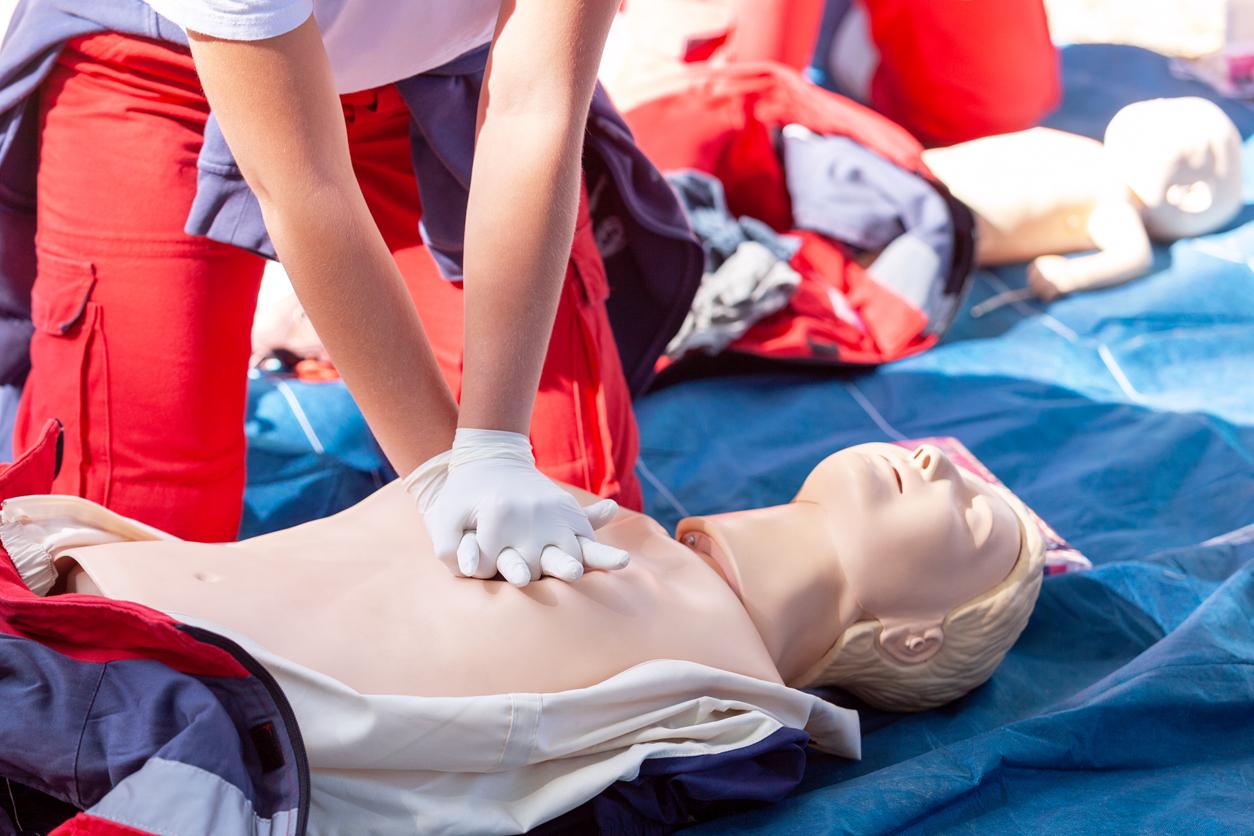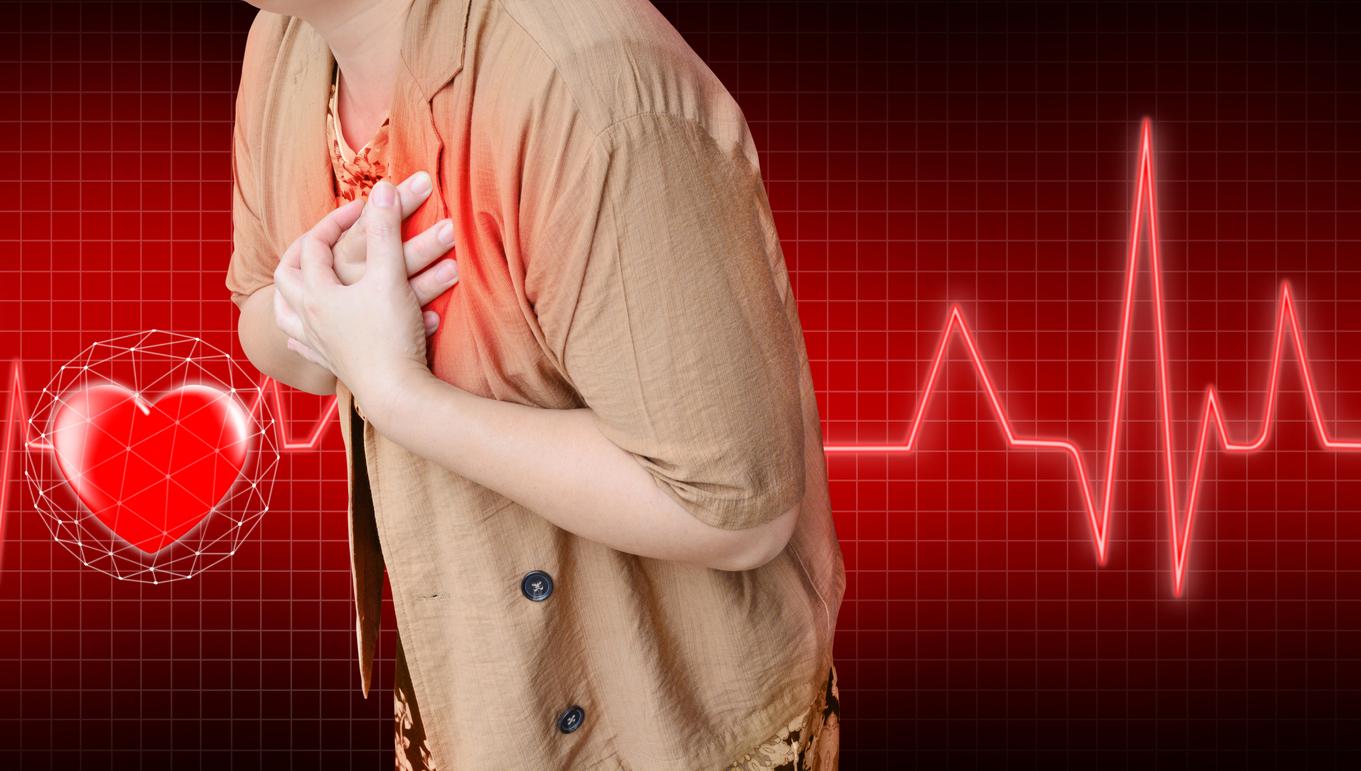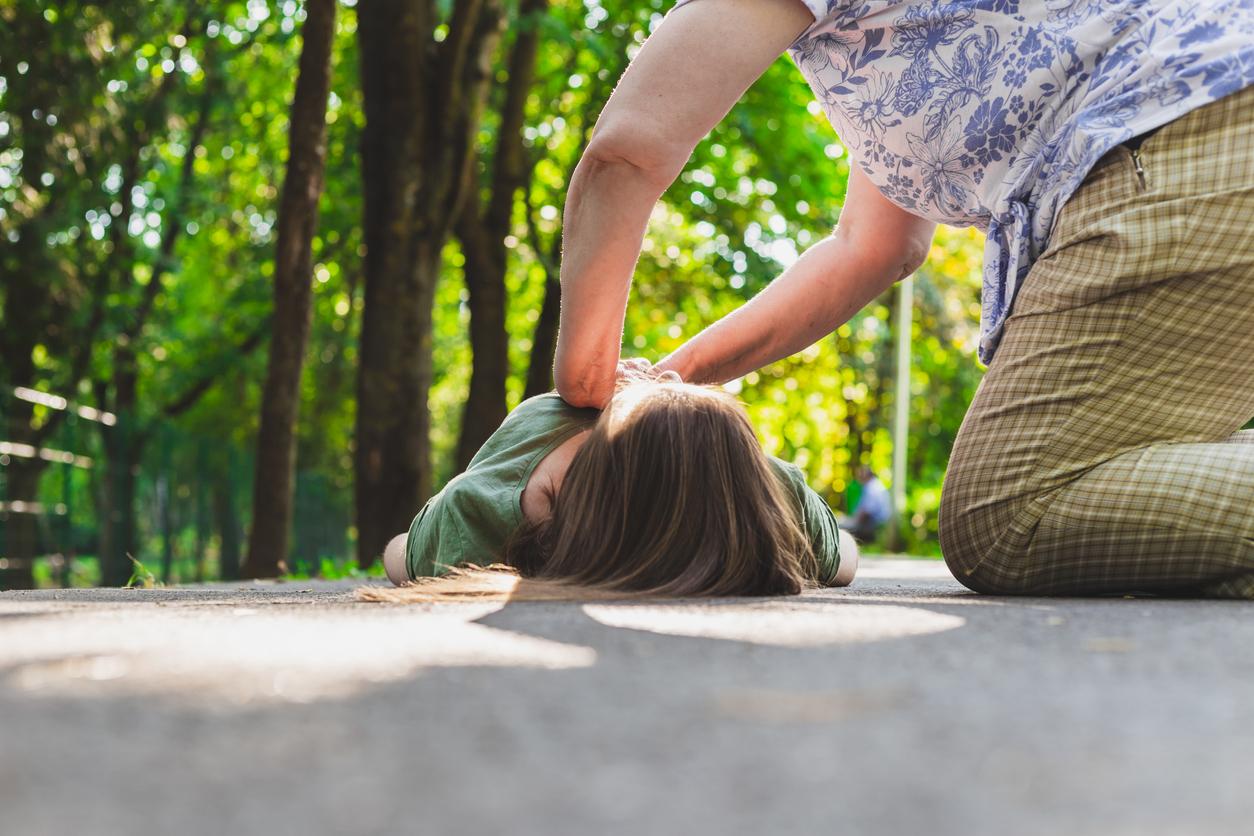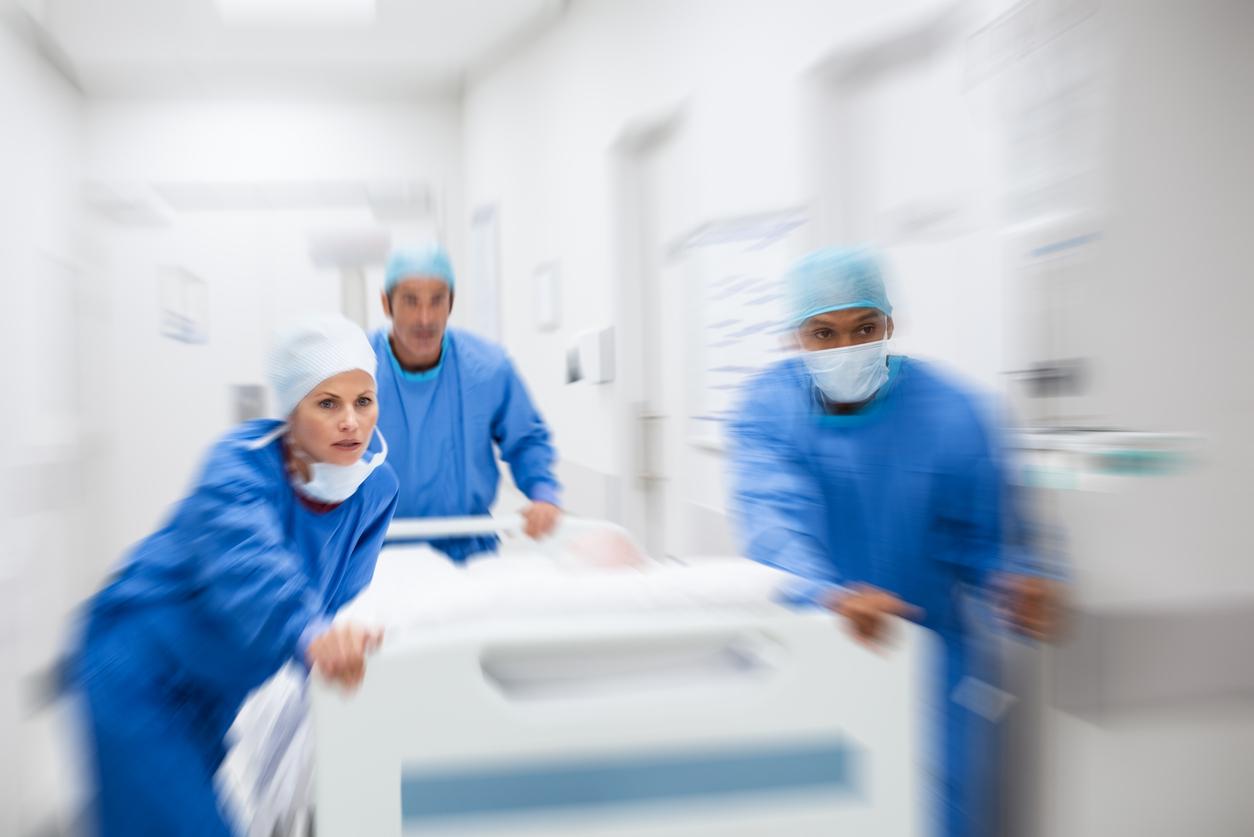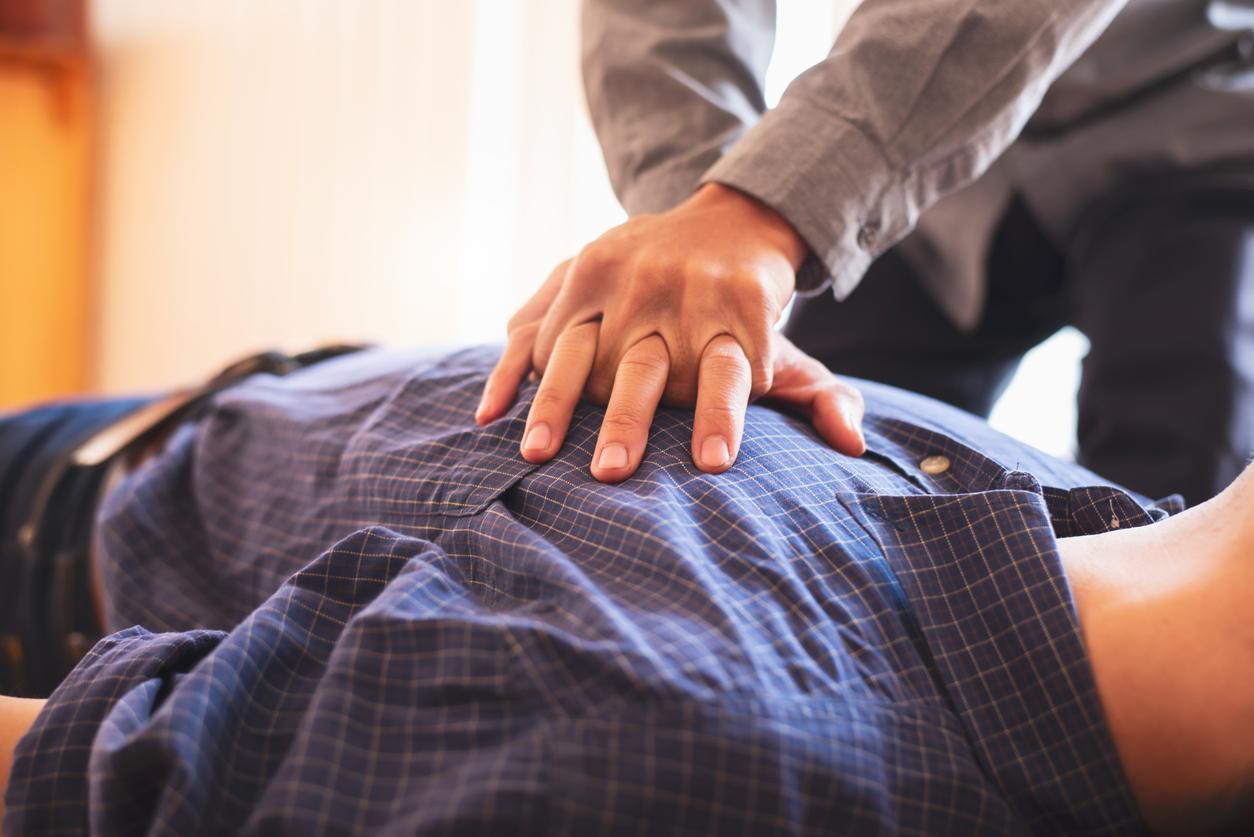Following cardiac arrest, adrenaline (epinephrine) improves patient survival, but can also cause significant neurological disorders, according to a new study.

It is the questioning of a fundamental resuscitation procedure. A new study has just demonstrated that in case of cardiac arrest outside the hospital, adrenaline (epinephrine) improves survival, but not good quality survival, because of the neurological disorders generated.
In a randomized, double-blind trial of 8,014 out-of-hospital cardiac arrest patients in the UK, paramedics from five National Health Service ambulance services administered either epinephrine (4,015 patients) or a placebo (3,999 patients), in addition to standard care.
30-day survival rate
The researchers looked at the 30-day survival rates. After one month, 130 patients (3.2%) in the epinephrine group and 94 (2.4%) in the placebo group were alive. Serious neurological impairment (score of 4 or 5 on modified Rankin scale) occurred in more survivors in the epinephrine group than in the placebo group (39 of 126 patients [31,0 %] against 16 of 90 patients [17,8 %]).
“In adults with out-of-hospital cardiac arrest, the use of epinephrine resulted in a significantly higher 30-day survival rate than the use of a placebo, but (…) more survivors had the condition. neurological severity in the epinephrine group, “the scientists conclude.
Paralysis and convulsions
Neurological disorders are diseases of the central or peripheral nervous system. In other words, they touch the brain, the spinal cord, cranial nerves, peripheral nerves, nerve roots, vegetative nervous system, neuromuscular junction and muscles. Neurological disorders are characterized by a wide range of clinical signs which can range from muscle atony, to paralysis, including convulsions. The subject may also experience intense pain or a strong confusing feeling.
A study conducted by a team from the University of Lille reveals 46,000 cardiac arrests per year in France. The average age of out-of-hospital cardiac arrest is 68 years. 63% of the victims are men, 1.8% children under 15. The 30-day survival rate is 4.9%, increasing to 10.4% when a cardiac massage was performed immediately after loss of consciousness. The vast majority of cases, 75%, occur at home. The causes are 88% of medical origin, against a traumatic origin (shock, electrocution, drowning, etc.) in 12% of cases.

.







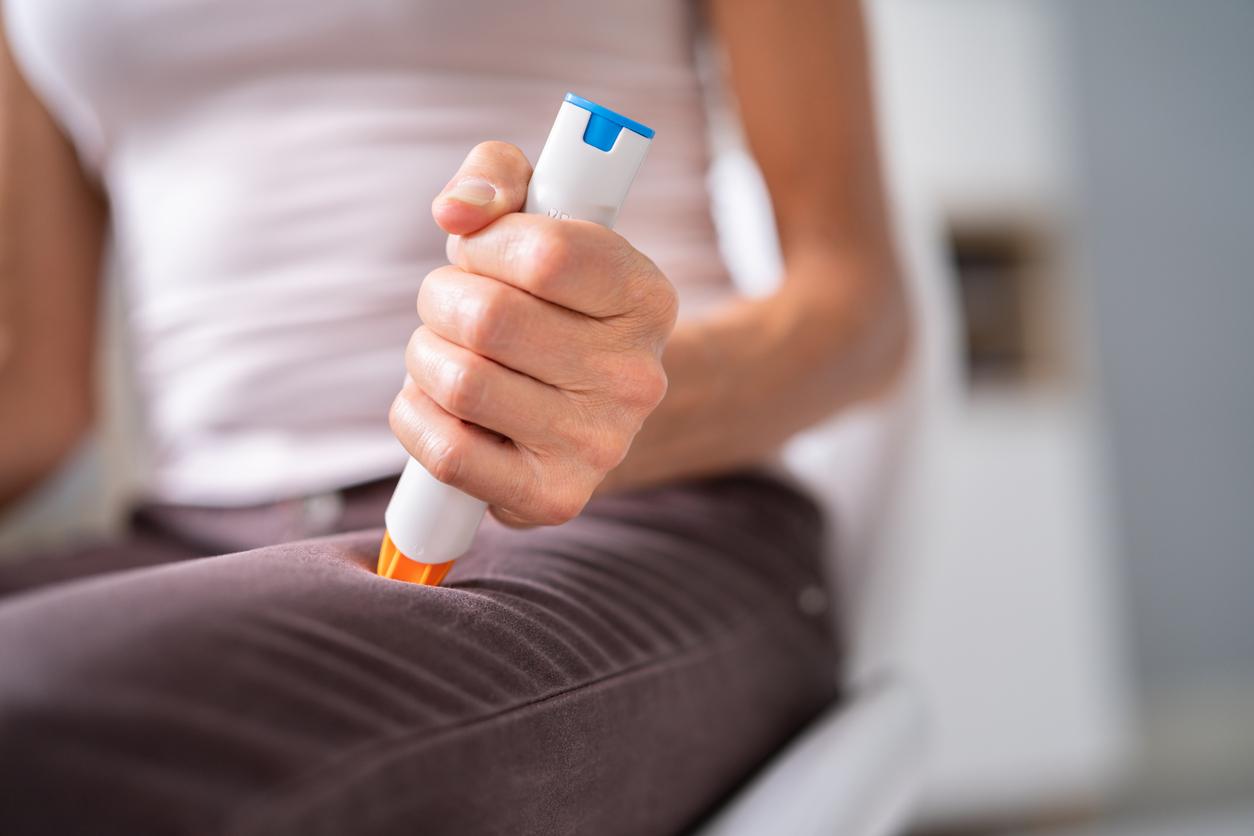
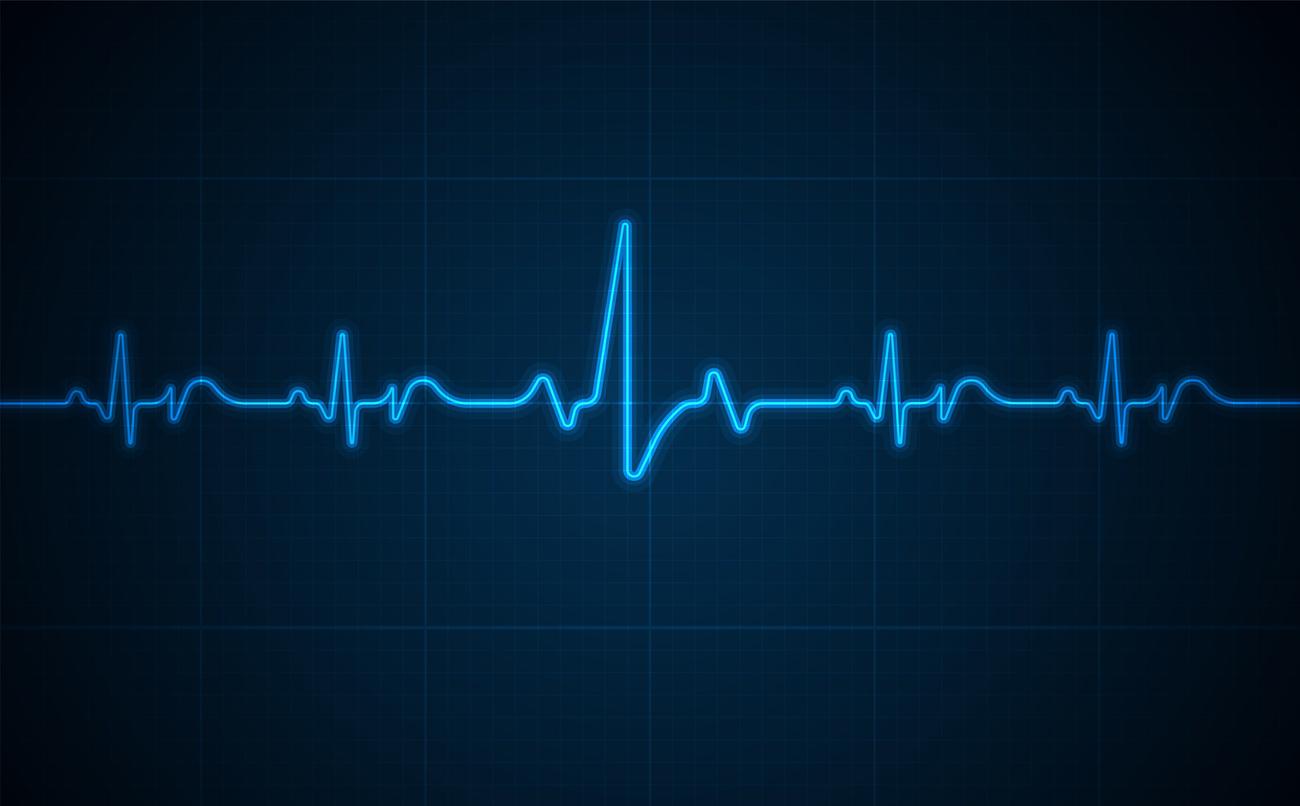
-1708094208.jpg)
